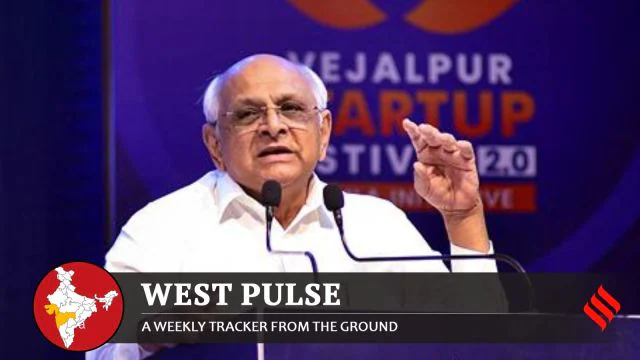In sports, home advantage has long been a crucial determinant of game outcome. The comfort of familiarity with local conditions, the booster effect of home crowds, and the ease of playing on home soil are all thought to give home teams a substantial advantage. But in the Indian Premier League (IPL), this age-old notion of home advantage is being challenged ever more as the tournament progresses.
The Losing Hype of Home Advantage in the IPL
Traditionally, sides such as Chennai Super Kings (CSK) at Chepauk and Kolkata Knight Riders (KKR) at Eden Gardens used to dominate at home. Their ardent fans and distinctive pitch conditions at their respective strongholds made these grounds virtual fortresses of the home side. However, in recent years, this has been changing.
In the 2023 season of the IPL, home teams won a mere 29 out of 74 matches, while 44 wins were achieved by visiting teams. Likewise, in 2022, home teams won 34 and away teams won 40. The data indicates an emerging trend wherein away teams are gaining success more and more, even on unknown turf, which indicates a waning of the conventional home advantage.
What’s Behind the Shift?
Numerous factors have added to the disappearing home factor in the IPL:
Pitch Standardization: The Board of Control for Cricket in India (BCCI) has also put steps towards making playing conditions equal at IPL venues. As such, unique qualities of a home team to use are of little use, given the way standardization measures have altered home team prospects and away team probabilities. This equalizes chances among all teams.
Diverse Team Makeup: Modern IPL teams include players from all around the world. International players have abundant experience and can handle different conditions, and teams are able to plan accordingly whether they are at home or on the road. This variation in makeup takes away from the advantage of the home team, which depended on familiarity with local conditions.
Pressure from Expectations: Playing in front of the home crowd also has the onus of inflated expectations from fans and the media. Although it can be an added energy-booster, at times, this also contributes to additional pressure and stress, forcing teams to fold. This dynamic has been reflective of the current slump in top home performers CSK and KKR.
Travel Fatigue and Scheduling: The rigorous travel schedule and the number of matches played in the IPL season can be physically demanding on players. While home teams might gain an advantage with reduced travel, the overall effect of fatigue on performance is intricate and impacts both home and away teams equally.
Case Studies: Chepauk and Eden Gardens
Chepauk (MA Chidambaram Stadium): CSK has traditionally been an unbeatable outfit at their home stadium, Chepauk. Even with a passionate support base and an intimate knowledge of the terrain, their performance in the last few seasons has not been as invincible as before. Away teams have tended to take advantage of the conditions, resulting in CSK’s home dominance diminishing.
Eden Gardens: KKR’s Eden Gardens, with its electrifying atmosphere, was once considered one of the most intimidating venues for visiting teams. However, over the years, KKR has faced challenges in maintaining a stronghold on their home turf, with visiting teams consistently managing to turn the tide in their favor.
Conclusion
Home advantage in the IPL is changing. Home teams still enjoy familiar environments and local fans’ support, but the effectiveness of these is diminished by a change in conditions on pitches, the greater mobility of players, and changing strategies among teams. Standardization of pitches and diversity among IPL teams have helped in evening out the playing field.
As the IPL grows and develops, it will be interesting to note if home ground can again become a determining factor or if the increasing trend of away wins alters the dynamics of the tournament. While the old edge of home advantage may be on the wane, the fervor and dedication of home crowds are still an essential part of the IPL spectacle, so the home advantage continues to have some relevance, if not as potent as it once was.






